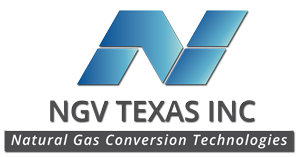NGV Texas is one of the most qualified CNG conversion shops that Pioneer Natural Resources has worked with in the past. We are very pleased with quality and delivery time on the CNG conversions they did for our company. I would definitely recommend using them to anyone




